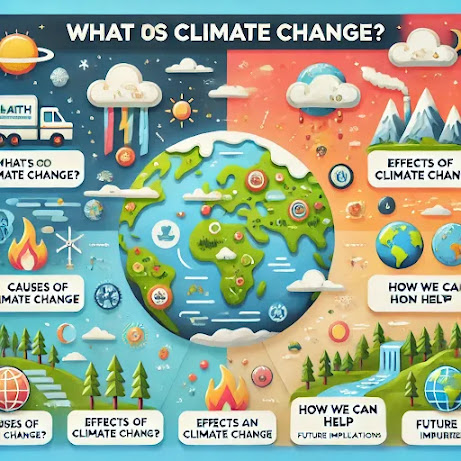Should High Schools Allow Students to Carry Phones to Class?
In today’s world, smartphones are everywhere, including in the hands of students. Many high school students bring their phones to class every day. While phones can be useful, they can also create problems in a learning environment. The big question is: Should high schools allow students to carry phones to class? There are both advantages and disadvantages to this issue.
Benefits of Phones in Class
First, phones can be helpful in education. Students can use them to look up information quickly, which can help them understand a topic better. For example, if a student doesn’t understand something in a science class, they can search for videos or articles online. Phones allow students to access educational apps, like calculators or apps that help with language learning.
Second, phones provide a way to contact parents in case of an emergency. If a student has a health problem or if something urgent happens, they can call their parents right away. Parents feel safer knowing their children can reach them at any time, especially if there is a safety concern at school.
Third, phones can help students stay organized. Many students use their phones to set reminders for assignments, tests, and school activities. Calendar apps and task lists can help them keep track of deadlines and manage their time better. With phones, students can be more responsible about their schoolwork.
Drawbacks of Phones in Class
On the other hand, phones are also a big source of distraction. It’s easy for students to lose focus on their studies when they have a phone in front of them. Social media, games, and texting are hard to resist. Instead of paying attention to the lesson, students might be more interested in what’s happening on Instagram or chatting with friends.
Another problem is cheating. Phones make it easier for students to cheat during exams or quizzes. They can quickly search for answers online or send messages to their friends for help. This can hurt their learning and lead to unfair results in tests.
Also, not all students use their phones responsibly. Some might use their phones to bully others or post harmful content on social media. This can create a negative environment at school and lead to conflicts between students. Teachers may struggle to monitor phone use in large classrooms, making it hard to keep the class focused.

